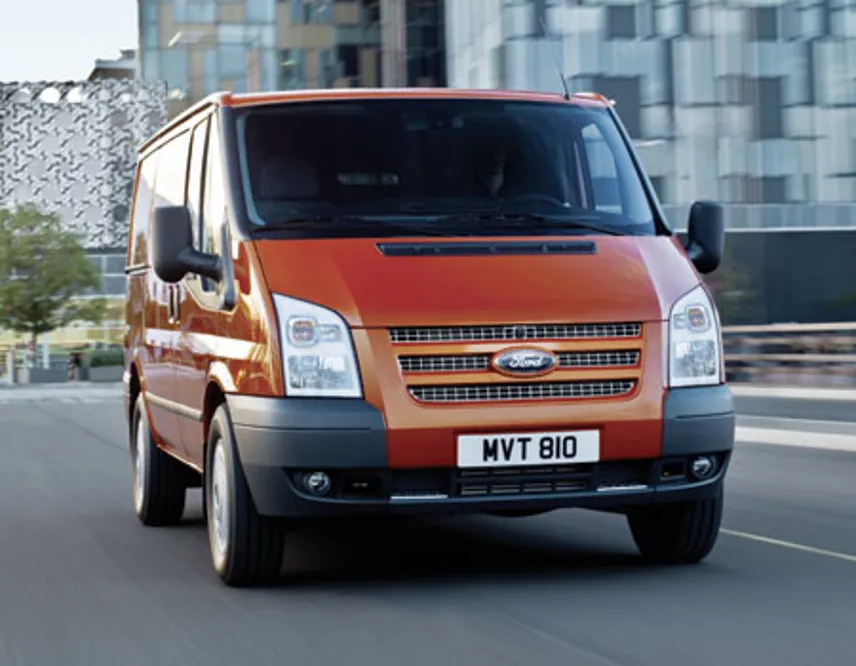Review
To also give the intake airflow a more efficient boost, variable nozzle turbochargers have been standardised for all engines.
The vane angles in the turbocharger are electronically controlled over a wider range.
Ford has lowered the compression ratio from 17.5:1 to 15.5:1 to enable fitting of the higher pressure injection system and new turbocharger designs, and thus to achieve the higher power and torque output of the engines.
The lowered compression ratio also helps to create a better balance between engine power, emission components and combustion noise.
To balance the faster cooling of the intake gas caused by the lower compression ratio, new low voltage metallic glow plugs have been fitted, allowing improved control over the heating of each individual cylinder and resulting in a faster rise in temperature. This helps to improve cold start performance.
The revised EGR system with improved exhaust gas cooling capability has a new intake manifold with a centrally located throttle body, allowing an improved cylinder to cylinder distribution of the charge air and optimised gas flow efficiency.
All of these measures also help with the recovery of approximately 40% in nitrogen oxide (NOx) emission components to exceed Euro V emission level requirements.
Ford has also improved noise levels in the cab by adding extra padding in the dash, bulkhead and linings.
The new Transit is on sale now and prices range from £17,405 to £30,270.
Behind the wheel
Regular readers will know by now that Fleet Van has been running a present model Transit for the past three months, so it was doubly interesting to climb aboard this new updated model to discover exactly what noticeable differences – if any – there were.
Our past long-term road tests have made two criticisms of this van – namely that I don’t find the driver’s seat very comfortable and that in-cab noise from the engine is unacceptably loud.
My partner and I almost have to shout at each other sometimes to make ourselves heard – and this van has a bulkhead, so there’s no excuse that intrusive sounds come from the back end.
Well, there’s good news and bad with the new Transit.
The driver’s seat remains the same, but the cabs of our two test models at the launch in Munich were like havens of peace and quiet compared to the van we have on test at present.
I was staggered by the difference and believe me, after being a journalist for nigh on 40 years, it takes a lot to stagger me.
Going back to the driver’s seat for a moment reveals a conundrum as my co-driver – and indeed most of the other hacks on the trip – found the seat perfectly comfortable so maybe it’s just me – a skinny specimen of some 6ft 3in – who doesn’t fit.
As there has been no general uproar from the two million people who have bought Transits so far, I’ll give Ford the benefit of the doubt on that one.
We were able to test two vehicles on a variety of routes around Bavaria – a long wheelbase high roof 3.5-tonne version with 155bhp on tap and the smaller 2.6gvw model in short wheelbase format with 100bhp.
Climbing aboard our first test model revealed the cab to be the usual smart but no-nonsense layout from the existing Transit. Ford has wisely gone with the old adage “if it ain’t broke, don’t fix it” here and I can’t fault what’s on offer.
There are two big compartments on top of the dash, one of which has a 12-volt phone charger socket included, a flip-over desk in the centre of the dash, cup holders and cola bottle bins galore and more storage space than any van driver could possibly use up.
The cab isn’t exactly biggest in class – the Mercedes-Benz Sprinter and Volkswagen Crafter offer much more room for example – but having said that my co-driver and I didn’t feel cramped.
















